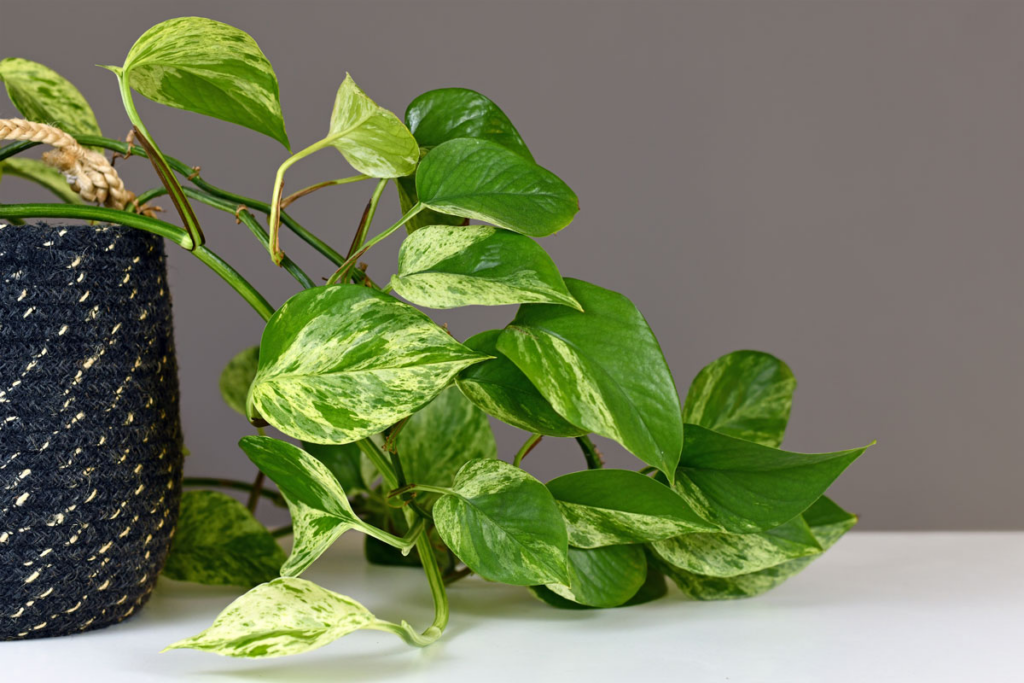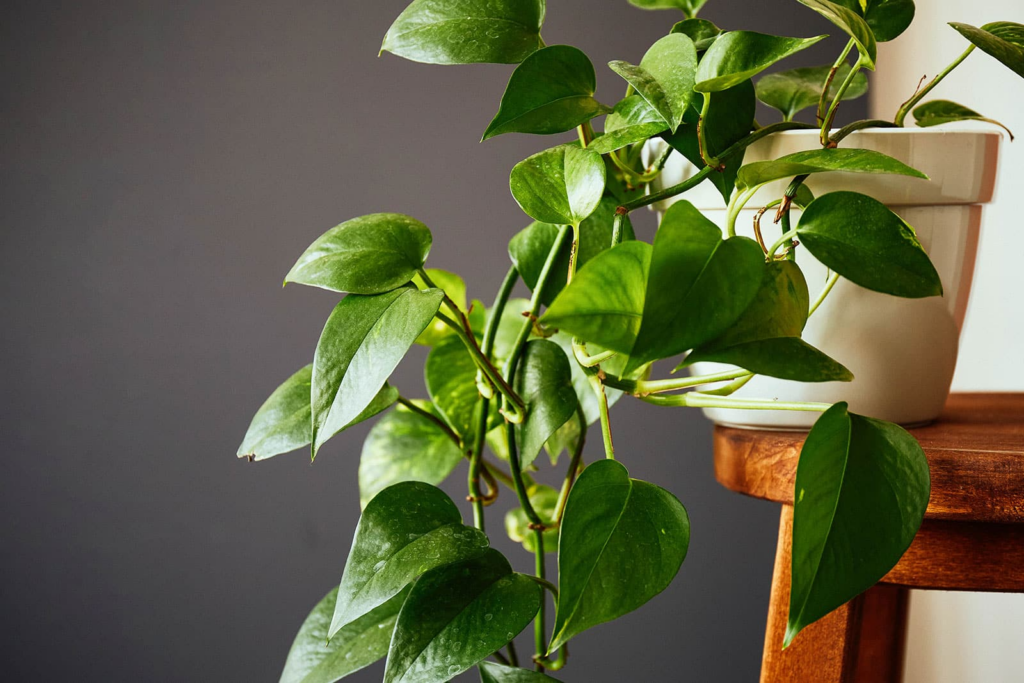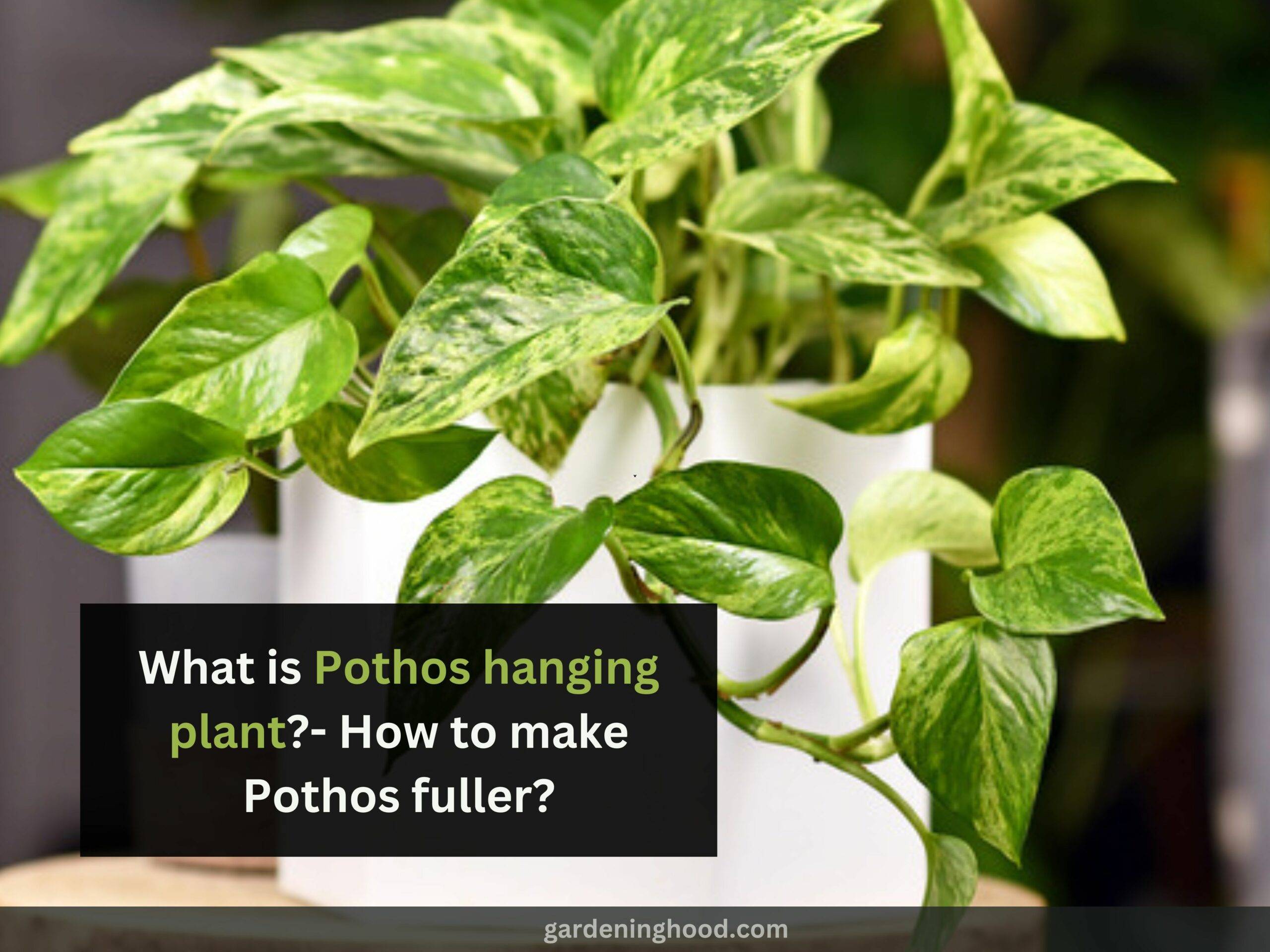Skeleton Key Pothos: The Ultimate Guide to Follow
Adding an interesting plant to your home garden with distinctive features is a great idea. Skeleton key pothos of those plants. Hey folks! I’m Anna Scott, a Gardener by heart and Profession, started my Journey 15 years ago and Now I am teaching other gardeners as well to achieve their goals.
Skeleton key pothos are one of the favorite choices of various gardeners, it is being said that this plant can bring life to your location. It is scientifically known as Epipremnum pinnatum. Its distinctive foliage makes it a unique plant from other houseplants. This plant needs some special care to receive healthy results from it. Do not worry as I am here with the best growing and caring tips for the skeleton key pothos.
So are you ready to witness the growing of skeleton key pothos in your area? If yes, then stay connected with this guide till the end for proper understanding. Let’s move forward.

About Skeleton Key plant
The interesting plant called skeleton key pothos produces arrow and pointed tips in the plant and remains wide at the base of the leaf. Its mutation will be visible when the plant begins to climb a moss pole.
Its large leaves look so attractive that it fills the area with magic. You will be happy to know that this plant is being prized for its pointed leaves that attain a height of about 10 inches.
This versatile plant produces eye-catching variegation that shows shades of white and light green color against the dark green background. If the plant receives ideal climatic conditions to grow it will form a spreading vine. Some of the characteristics of skeleton key pothos are as follows:
Leaf Shape and Variegation
- Its leaves are skeleton key shaped and are wide in the middle.
- From both ends, the leaves are narrow and pointed.
- Its variegation occurs as stripes, streaks of white, and pale green color that contrast well with the background.
Growth Habit
- It is considered an evergreen plant that produces long stems in the plant.
- It climbs properly if the plant receives good support.
- Also, its stems will attain a height of three feet long.
- The growth rate of this plant is quite moderate to fast if receives proper conditions to grow.

Skeleton Key Pothos Growing And Caring Guide
Skeleton Key pothos is an evergreen vining plant that requires Proper care to maintain its health. If you know how to care for this plant then it’s great. But if not then you should follow the below growing and caring tips for skeleton key pothos. They are as follows:
Soil Requirements
- One of the basic needs of every plant is the soil in which it thrives well, the same is the case with the skeleton key pothos.
- It requires well-drained soil that is highly rich in organic matter.
- Also, make a potting mix by adding vermiculite, perlite, charcoal, mulch, etc To make a great mixture for the plant to grow healthy.
- Keep the soil drained by choosing a pot that has a good amount of drainage holes so that the excess water drains out and does not cause root rot in the plant.
Repotting
- Being an easy-to-grow plant it likes to be repotted every 1 to 3 years like all the other varieties of pothos.
- When the plant begins to grow, its roots also grow and will expand with time.
- The ideal time to repot a plant is when the roots are coming out from the drainage holes of the pot or the plant is root-bound.
- Make use of a pot that is 1 to 2 sizes larger than the current pot.
- It will help in holding more soil and more water for the plant to grow.
Watering Needs
- The plant does not require much water for its growth. It needs water when the soil becomes fully dry.
- Overwatering will lead to root rot or other fungal diseases in the plant.
- Check the moisture of the soil by inserting the finger inside the soil about 1 to 2 inches deep and if it feels dry then water the plant.
- During summer, the plant needs more water as compared to winter because the plant is in its dormant period at that time.
Temperature & Humidity
- The ideal temperature range for this plant lies between 70°F to 90°F.
- This plant requires a good level of humidity for its growth that is the level should range between 50 to 70%.
- Being a tropical plant, they will experience good humidity in your indoor location.
- But if not then make use of the humidifier to raise the humidity for the plant.
- You can even mist the plant frequently to maintain the humidity level.

Lighting
- Skeleton key pothos like to grow in bright indirect sunlight to remain healthy.
- This Plant can even tolerate some low-light climatic conditions, but they should not be kept in a dark room.
- Keep in mind not to place the plant under direct sunlight as it will cause sunburn in the leaves.
- Choose a location with an east-facing window and keep the plant near it.
Climbing
- When this plant is allowed to climb rather than trail, then it will produce more mature leaves in the plant.
- Moss pole is the best example as aerial roots will hold the support upwards.
Pruning
- Pruning is done to maintain a healthy shape and size in the plant. To make your plant look fit and healthy, it is important to prune it occasionally.
- It will help in producing new growth in the plant by removing dead and decayed leaves.
- It is suggested to prune the plant when it is actively growing especially in the spring season (Note: during ending summer or beginning of fall can also be taken into consideration).
- Make use of sharp and sterilized scissors or a blade to prune the plant above the Node.
- It will help in encouraging new growth from that spot. Do not prune more than one-third of the plant’s foliage.
Propagation
As I already explained to you cuttings are the best way to propagate a plant and the same is the case with Skeleton Key pothos which can be easily grown with the help of stem cuttings that you will pinch off from the mother plant. So let’s get started to know the steps to know how to propagate Skeleton Key pothos:
- First, make use of clean and sharp sterilized scissors to take the stem cuttings from the mother plant.
- Then cut stem cuttings from the mother plant that should contain 2 to 3 nodes in every cutting.
- Remove the leaves from the base of the nodes and the remaining leaves in the cuttings.
- Then Put the cuttings in the container that is filled with water at the bottom and leave the leaves above the water.
- Place your cuttings at the location, where they can receive plenty of bright indirect sunlight.
- Water your pothos one time a week so that they grow well. After 15 to 20 days, tiny roots will be emerging from the nodes.
- Then when it becomes 1 inch long, you can move it in the soil by making use of a well-drained potting mix for your plant.
- By planting the cutting in the soil, water the plant till the excess water flows out from the drainage holes.
- Place the plant in bright indirect sunlight so that it grows well. you can resume watering after 10 to 15 days.

Common Issues with Epipremnum Skeleton Key
When requirements are met, Epipremnum Skeleton Key shows few issues. However, there are some potential problems to watch for with these plants:
Insufficient Light
Sunlight is needed by the plants to remain healthy and perform photosynthesis. But if it happens otherwise, then the foliage fades, the plant produces stunt growth, leaves will begin to wilt, etc. All such conditions show that the plant is lacking sunlight and becoming weak.
Note: It is highly suggested to make use of grow lights if there is a lack of natural light.
Overwatering
Overwatering is a common issue faced by various plants. As you know, excess moisture leads route rot in the plant by causing yellow foliage.
Note: It is recommended not to water, the plant until the soil becomes fully dry. Also, if you observe brown-colored roots that produce a smell then is the right time to repot the plant.

Pests
Pests tend to come to the plant to suck its foliage to eat the fluid to satisfy their hunger. Pests such as spider mites, scale insects, bugs, etc will be appearing on the foliage.
Note: Make use of insecticidal soap or horticultural oil to solve the issue. Check the best underside of the leaves. Spray the plants with water to remove them.
Summing up the context
In this guide, you come to know that Skeleton key pothos are one of the favorite choices of various gardeners, it is being said that this plant can bring life to your location. The interesting plant called skeleton key pothos produces arrow and pointed tips in the plant and remains wide at the base of the leaf.
Its mutation will be visible when the plant will be begins to climb a moss pole. It is scientifically known as Epipremnum pinnatum. Its distinctive foliage makes it a unique plant from other houseplants. This plant needs some special care to receive healthy results from it. Do not worry as I am here with the best growing and caring tips for the skeleton key pothos. I hope you are clear with the guide. If not, then read the whole guide properly. I will come back with another informative guide soon. Till then safe gardening.
Thanks for reading! Happy Gardening!
FAQs
What is the best soil for a skeleton key plant?
The ideal soil for the skeleton key pothos is well-drained. The soil should contain a good amount of organic matter like perlite, vermiculite, coco coir, etc to maintain the drainage in the plant.
Where does the Skeleton Flower grow?
Skeleton flowers will grow slowly in your home garden. They are deciduous perennials that are native to the regions of Japan.
How long do skeleton flowers last?
The blooms will last for long in the late spring or early summer. They will last for various weeks.


